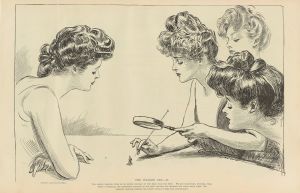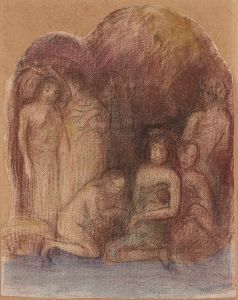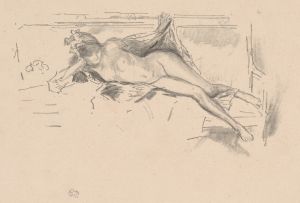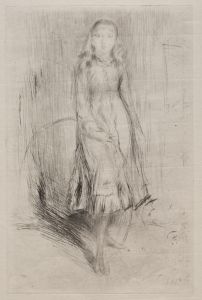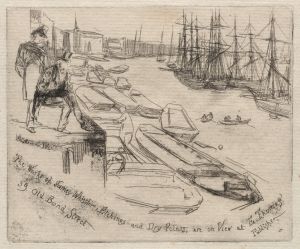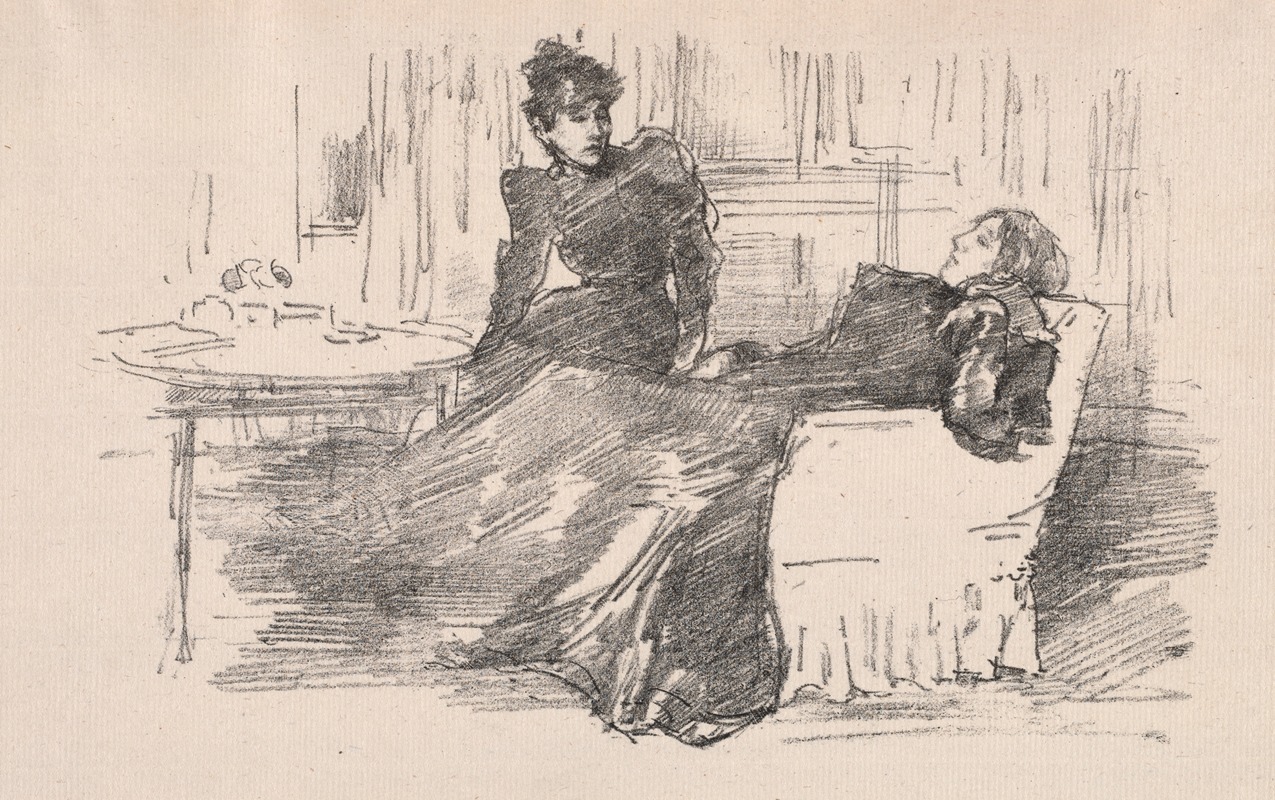
The Sisters
A hand-painted replica of James Abbott McNeill Whistler’s masterpiece The Sisters, meticulously crafted by professional artists to capture the true essence of the original. Each piece is created with museum-quality canvas and rare mineral pigments, carefully painted by experienced artists with delicate brushstrokes and rich, layered colors to perfectly recreate the texture of the original artwork. Unlike machine-printed reproductions, this hand-painted version brings the painting to life, infused with the artist’s emotions and skill in every stroke. Whether for personal collection or home decoration, it instantly elevates the artistic atmosphere of any space.
James Abbott McNeill Whistler's painting The Sisters is a lesser-known work by the American-born artist, who is widely recognized for his contributions to the Aesthetic Movement and his innovative approach to portraiture and tonal harmony. Whistler, who spent much of his career in Europe, is best known for works such as Arrangement in Grey and Black No. 1 (commonly referred to as "Whistler's Mother") and his series of "Nocturnes." However, The Sisters reflects his continued interest in capturing the subtleties of human expression and the interplay of color and form.
The Sisters was completed in 1863 and depicts two young women seated together, their figures rendered with Whistler's characteristic sensitivity to composition and detail. The painting is notable for its subdued palette and the artist's focus on the harmonious arrangement of shapes and tones. Whistler often sought to create works that emphasized aesthetic beauty over narrative content, and The Sisters exemplifies this approach. The identities of the women in the painting are not definitively known, and Whistler did not provide extensive commentary on the work, leaving its interpretation open to viewers.
The painting is currently housed in the National Gallery of Art in Washington, D.C., where it is part of the museum's collection of 19th-century American and European art. It is considered an example of Whistler's early exploration of portraiture and his evolving artistic philosophy, which would later culminate in his famous "art for art's sake" credo.
As with many of Whistler's works, The Sisters demonstrates his ability to blend realism with an almost abstract sense of design, creating a composition that is both intimate and timeless. The painting's quiet elegance and focus on the relationship between the two figures make it a compelling example of Whistler's skill as a portraitist and his dedication to the principles of the Aesthetic Movement.






